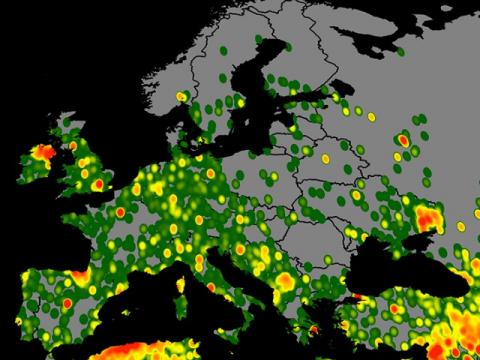Terror Map Reveals Unresolved Cases in Balkans

Global Terrorist Data, GTD, a map presenting all the terrorist attacks that took place in Europe between 1970 and 2015, reveals the number of attacks in Balkan countries and those that were never resolved.
The National Consortium for the Study of Terrorism and Responses to Terrorism, START, at the University of Maryland, drew up the GTD using a wide definition of terrorism.
Asked by BIRN about its methodology, START said it defined terrorism as "the threatened or actual use of illegal force and violence by a non-state actor to attain a political, economic, religious, or social goal through fear, coercion, or intimidation".
For all attacks from 1998, terrorism is defined as "an intentional act of violence or threat of violence by a non-state actor" that has to meet two out of three additional criteria: an act aimed at attaining a political, economic, religious, or social goal; an intention to coerce, intimidate, or convey some other message to a larger audience other than the immediate victims; a violent act outside the precepts of international humanitarian law.
The map reveals a number of cases in Balkan countries, either in terms of the place where the act took place or in terms of the perpetrators or victims' affiliation.
Albania is connected to 300 incidents, which puts it at the top of the list in the Balkans. They include the 2007 suicide attack near the barracks in Lakhdaria, when ten soldiers were killed and for which Al-Qaida took responsibility. The case of a car bomb in the port of Vlora in August 2014, when a businessman was killed, is also included.
Kosovo, with almost 298 attacks from 1994, includes recent cases from a few years ago. One unsolved case was the killing of Elvis Pista, a prospective MP from the...
- Log in to post comments
